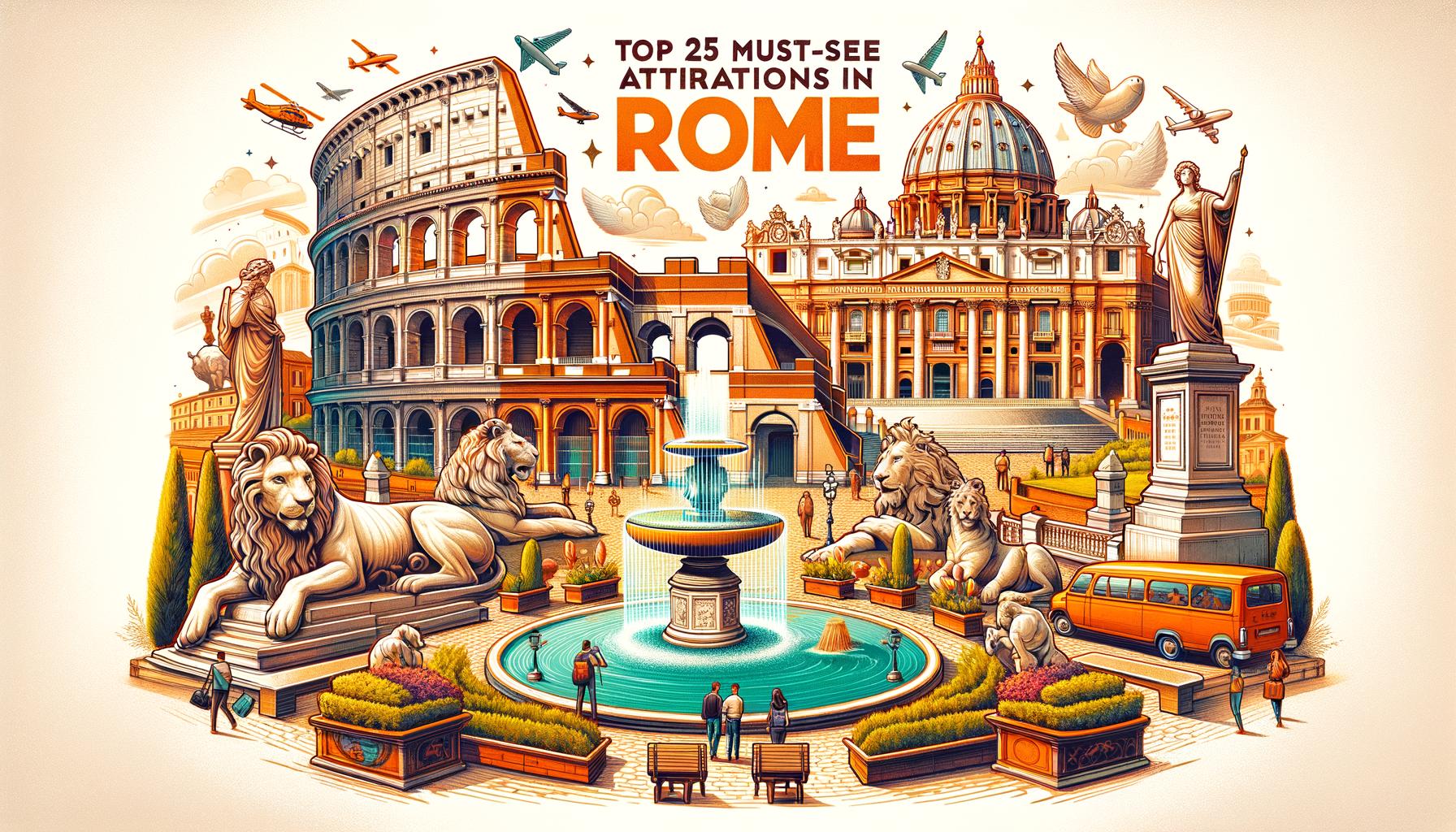
Exploring Rome’s Medieval Architecture on an Unforgettable Tour
When it comes to exploring the rich history and stunning architecture of Rome, there’s no shortage of incredible sites to visit. From the ancient ruins of the Colosseum to the grandeur of St. Peter’s Basilica, the city is a treasure trove of architectural wonders. However, one often overlooked period of Rome’s history is its medieval architecture.
Rome is home to some of the most impressive medieval buildings in the world, and a tour dedicated to exploring these sites is a must for any history or architecture enthusiast. From towering castles to intricate churches, the city’s medieval architecture offers a fascinating glimpse into a time when Rome was a center of power and influence.
Why Choose a Medieval Architecture Tour?
While many tourists flock to Rome to experience the grandeur of its ancient monuments, a medieval architecture tour offers a unique and often overlooked perspective on the city’s history. By delving into the medieval period, visitors can gain a deeper understanding of Rome’s evolution over the centuries, as well as the influences that shaped its architectural landscape.
Exploring Rome’s medieval architecture on a dedicated tour also allows visitors to escape the crowds and delve into lesser-known corners of the city. While the Colosseum and the Vatican are undoubtedly stunning, there’s something special about discovering the hidden gems of Rome’s medieval past.
What to Expect on a Rome Medieval Architecture Tour
A typical Rome medieval architecture tour will take visitors on a journey through the city’s most impressive medieval structures. From the imposing Castel Sant’Angelo to the breathtaking Basilica of Santa Maria in Cosmedin, there’s no shortage of awe-inspiring sites to explore.
The tour will likely include stops at some of Rome’s most famous medieval landmarks, such as the Basilica of San Clemente and the Romanesque Church of Santa Maria sopra Minerva. Visitors can expect to learn about the architectural styles, historical significance, and cultural context of each site, providing a deeper appreciation for the medieval period in Rome.
Tips for Making the Most of Your Tour
To ensure that you get the most out of your Rome medieval architecture tour, consider the following tips:
Do Your Research: Before embarking on your tour, take some time to familiarize yourself with the key landmarks and architectural styles of Rome’s medieval period. This will allow you to better appreciate the significance of each site as you explore them.
Bring Comfortable Footwear: Rome’s medieval architecture tour will likely involve a fair amount of walking, so be sure to wear comfortable shoes and dress appropriately for the weather.
Ask Questions: Don’t hesitate to ask your tour guide for additional information or clarification about the sites you visit. They are a wealth of knowledge and can provide valuable insights into the history and architecture of Rome’s medieval period.
Take Your Time: Rome is a city best experienced at a leisurely pace, so be sure to take your time at each site to fully appreciate its beauty and historical significance.
Conclusion
A Rome medieval architecture tour offers a unique and compelling opportunity to explore the often overlooked but incredibly rich history of the city. From towering castles to intricate churches, the medieval period left an indelible mark on Rome’s architectural landscape, and a dedicated tour provides a fascinating glimpse into this era.
For anyone with a passion for history, architecture, or simply a desire to experience the hidden gems of Rome, a medieval architecture tour is an unforgettable and enriching experience. So the next time you find yourself in the Eternal City, consider delving into the medieval past and embarking on a journey through Rome’s stunning medieval architecture.
